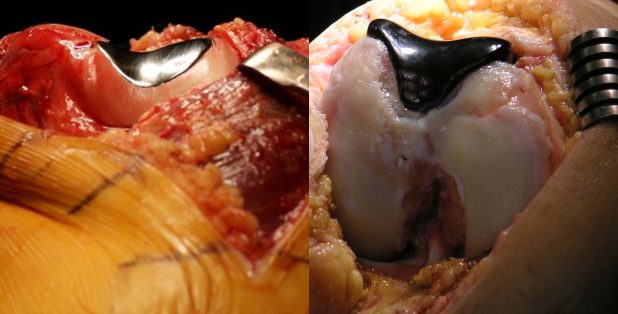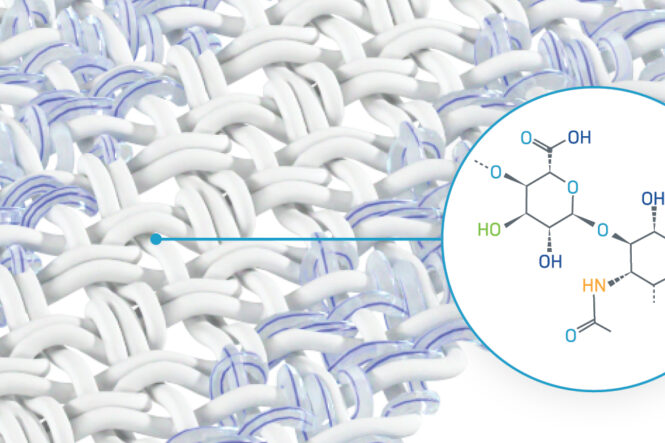A recent study, published in the KSSTA journal, compared two different implant types used in Patellofemoral Arthroplasty (PFA):
- Group I consisted of an inlay (HemiCAP® Wave, Arthrosurface, Franklin, MA)
- Group II was based on an onlay design (2nd generation, Journey™ PFJ, Smith & Nephew, Andover, MA)
All patients were matched for age, gender, body mass index, and follow-up period with an independent observer evaluating the patients prospectively. Follow-up was 26 months for the inlay group and 25 months for the onlay cohort. No significant progression of tibiofemoral osteoarthritis (OA) was observed within the inlay group, whereas over half of the onlay group showed progression of knee OA (53%). While the mechanism of the disease progression was unclear, the authors hypothesized that the “onlay” device overstuffed the patellofemoral joint leading to chronic synovitis. The secretion of pro-inflammatory cytokines resulting from the synovitis is a known risk factor for OA. In addition, raising the height of the trochlea, which comes from using an onlay device, may have adverse effects on the extensor mechanism. This may increase the pressure in the femoral-tibial joint as the knee moves from extension to flexion. Based on this study, the inlay PF HemiCAP® design may improve long-term results and survival rates after isolated PFA.
Read the abstract here: http://www.ncbi.nlm.nih.gov/pubmed/26231153
![]()




